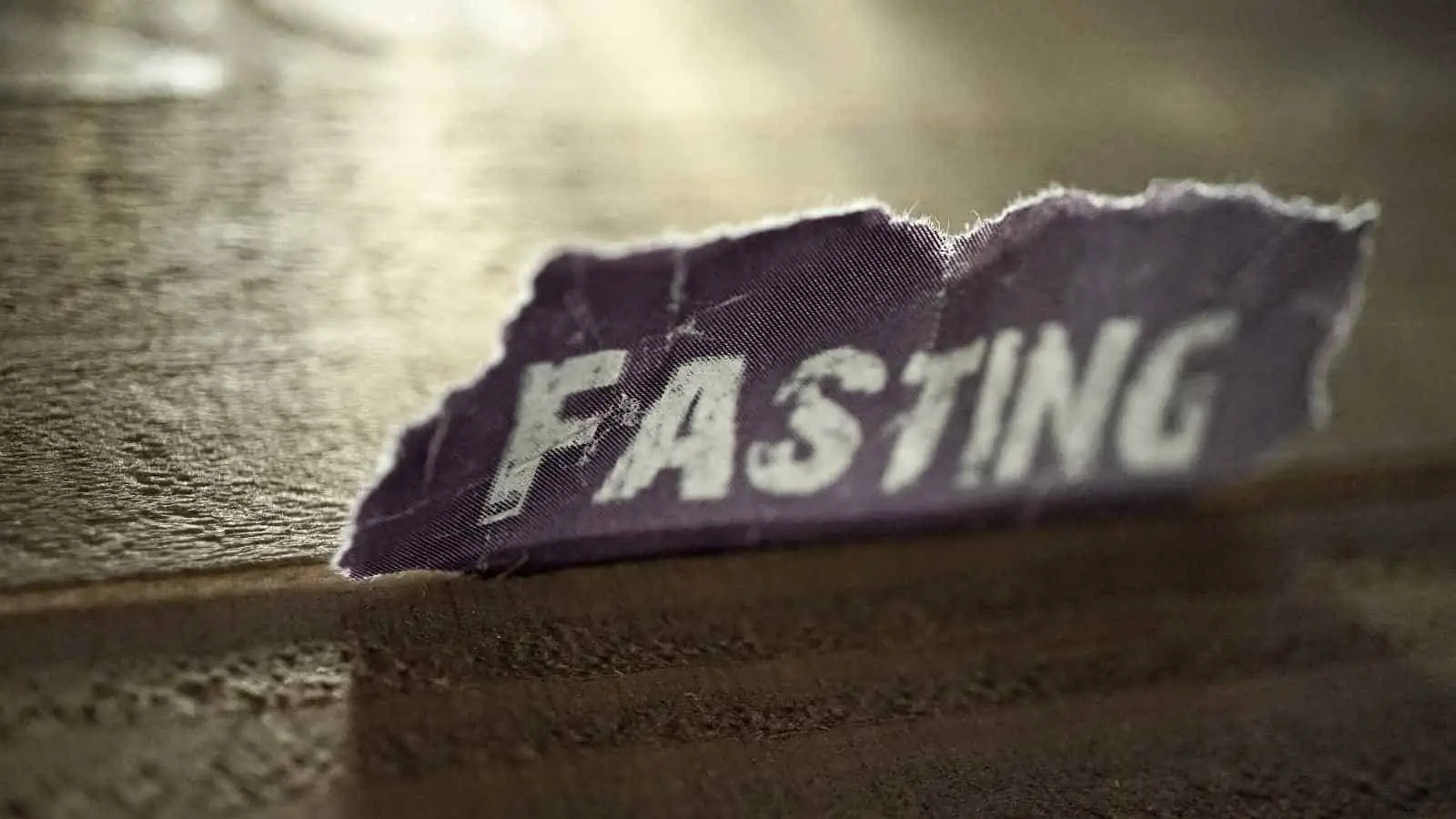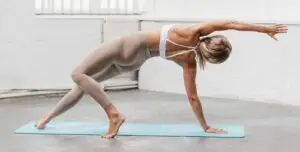There’s no denying the numerous benefits that yoga has for the body, especially when performed regularly. However, many yogis often ask themselves whether it would be a good idea to do yoga during their fast, given how the latter depletes the body’s energy reserves.
You can do yoga while fasting. There are many health benefits to yoga during fasting, including increased blood flow to the brain, which prevents dizziness and weakness. This makes yoga excellent for warding off headaches and fatigue, which can be common during the first 12 hrs of a fast.
This article will discuss everything you need to know about fasted yoga so that you can be safe while doing it.
Things To Know When You Do Yoga While Fasting
Fasting and yoga are similar in many ways. Both activities don’t directly provide you with energy, but they help transform and rejuvenate your body.
Deep Cleansing
When we fast, the body undergoes a deep cleansing process known as autophagy, but it doesn’t happen until you’ve fasted for at least 24 hours.
During autophagy, the body cleans out any damaged or unnecessary components. As such, you’ll essentially be “servicing” your system, which is arguably the number one reason people practice yoga. Also, during this stage, your body will burn fat for energy, so you will have a lot more energy for yoga.
Yoga movements are incredibly effective at draining the lymph, thus increasing the rate of toxic waste removal from the body. Combining that effect with autophagy makes your immune system practically invincible.
Mental Health
Another reason why you should consider combining fasting with yoga is for the mental health benefits. As mentioned, fewer toxic materials are traversing your blood and lymphatic system during a fast.
As a result, your brain enjoys a cleaner bloodstream, allowing you to have clearer thoughts, a better memory, and an overall increase in the sharpness of all your other senses. As you can imagine, that goes a long way in improving your mental health.
You can boost those effects by combining yoga with fasting if a May 2015 study is anything to go by.
In the study published in the Frontiers in Human Neuroscience journal, researchers found that yoga reduces the rate at which gray matter brain matter declines as we grow older. This protection mainly occurs in the brain’s left hemisphere, the side associated with the relaxation response and positive emotions.
As such, combining yoga with fasting is one of the best ways of boosting your holistic health.
How To Do Fasted Yoga Safely
As established above, there are numerous benefits to doing fasted yoga.
However, you may want to ease yourself into it. If this is your first time fasting, you should avoid doing yoga or any other form of exercise until you’re used to the feeling of going for prolonged periods without eating.
But, keep in mind that once you’ve fasted for longer than 24 hours, you might feel a huge surge of energy. This is due to the fact that your body is now using its fat reserves for fuel.
So rather than having to rely on glucose for energy, your body relies on your fat.
If you aren’t used to fasting, you may still experience some adverse side effects that could be exacerbated by doing yoga, such as dizziness or fainting. However, it should be perfectly safe if you are accustomed to fasting to do one hour of yoga before breaking the fast.
Those Who Should Avoid Yoga While Fasting
In addition, there are specific groups of people who should avoid this practice.
This includes women who are menstruating or pregnant and those with high blood pressure or severe heart problems. People with these conditions should consult a doctor before fasting and only proceed if their health conditions aren’t worsened by the fast.
What is the Best Time to Do Yoga When Fasting?

Considering how depleted someone usually is during a fast, timing is everything.
You do not want to do your routine early into your fast, as your body will start demanding food to replenish the diminished energy reserves, compromising your ability to go through with the fast.
Following that logic, it would only make sense to do your routine about an hour before breaking your fast. That way, you will not have to endure the hunger pangs for long. As a result, you will be able to be consistent in both your fast and your yoga routine.
Of course, the type of fasting you are doing will also determine the most optimal time to do your yoga routine. For example, if you are fasting for Ramadan, you should consider doing your yoga routine right before the sunsets.
On the flip side of this, if you are fasting on a normal day, simply begin your yoga session about an hour before dinner. That way, both the fast and your yoga routine will be over around the same time.
It is also important to keep in mind that different people will have different optimal times. Experiment until you can discover what works best for you. The important thing is to go through your session without compromising your fast.
With these tips in mind, you should be able to do just that.
Make Sure You Know How To Practice Yoga First
Without proper guidance from a trained yoga instructor, beginners are advised against doing yoga during the fast without any practice beforehand. This can be very dangerous because you won’t know how your body will react to fasting and yoga at the same time.
You can do yoga and fast without any problems if you follow the guidelines and cautions mentioned here. Still, it’s always better to get professional guidance from a certified yoga instructor before attempting such an advanced regimen.
The Best Type of Yoga to Do During a Fast
It is crucial to note that there are many different yoga styles in addition to the 3 most popular ones (Hatha, Ashtanga, and Bikram), so when it comes to timing, you need to find out which style works well with your body’s clock.
For instance, Kundalini Yoga is known to be more stimulating, so it might be best avoided during fasting.
The best type of yoga to do while fasting would be a gentle, Hatha-based yoga style that is focused on relaxation and breathwork. This is because hatha yoga is a very calming style that will help soothe the body and mind while also restoring energy.
How To Break Your Fast
Consider breaking your fast with a light meal to help the digestive system recover from any shocks caused by fasting. However, you need to make sure this meal isn’t too rich in proteins or complex carbs, as these are harder to digest and may make you feel more tired.
A good idea would be to break your fast with green tea or juice. These are easily absorbed by the body and provide a good boost of energy without making you feel too jittery. This will help prevent any post-fasting hypoglycemia that could ruin the benefits of fasting altogether.
After fasting for a few days, you’ll find that it becomes easier to stay in tune with your body’s signals, so it’ll be easier to know when your body needs to break or continue the fast. If you’re feeling jittery after doing yoga, this means your body is yet to be acclimatized to the fast, and you may need to break the fast.
On the other hand, if you feel energetic and happy after doing yoga, continued fasting may be beneficial because your body is already getting used to it.
Final Thoughts
So there you have it. Fasting and doing yoga are some of the best ways of improving your holistic health. However, you need to ensure that you don’t force yourself too much or cause any injuries by pushing yourself too far.
The most important thing is always listening to your body and not forcing yourself to continue fasting, and break the fast if it’s making you feel ill. Take it easy and always listen to your body’s signals, as they’ll tell you whether fasting and doing yoga at the same time is a good idea or not.




